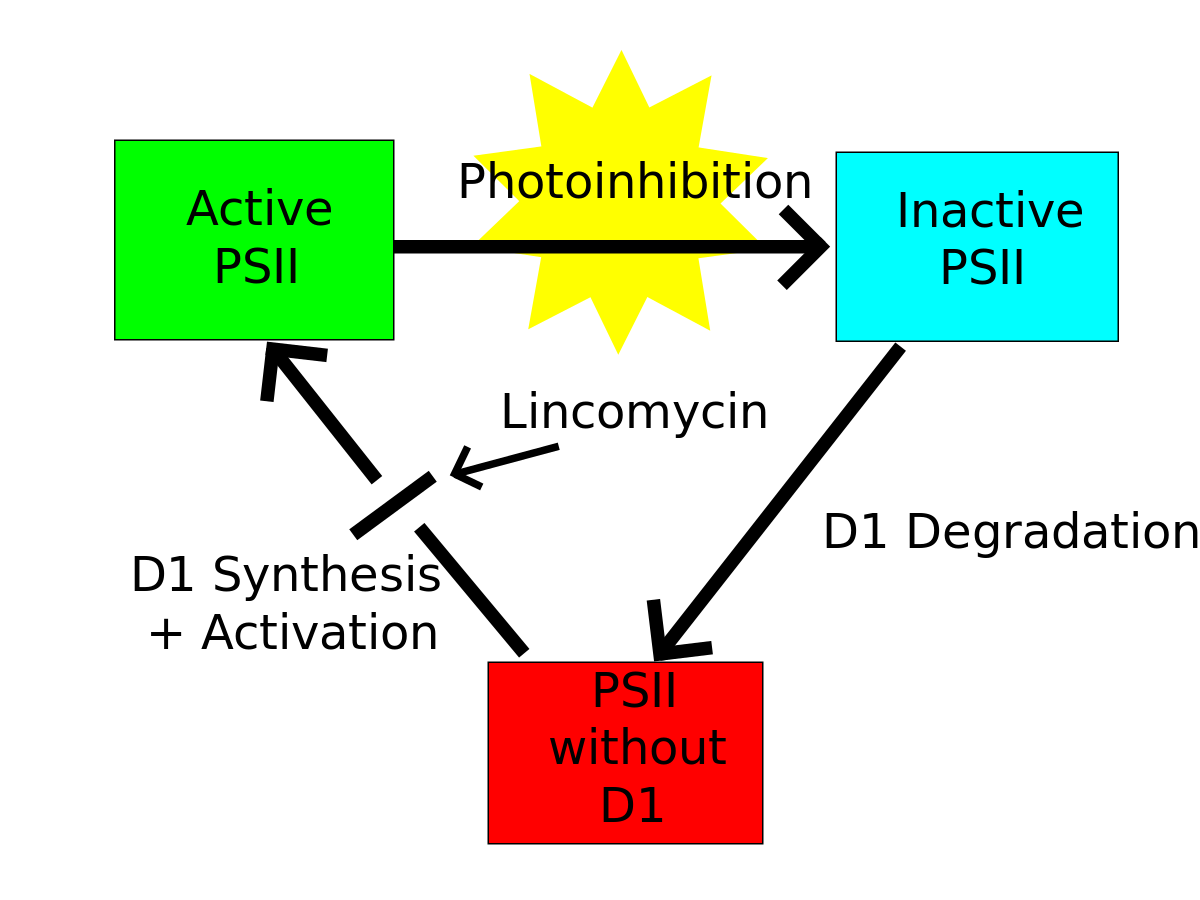I fully understood what you wrote the first time.The simple observation that every time the light was increased the plants became more stressed.
And if you read again what I wrote: “looks like the plants are receiving too much light for the environmental conditions, likely a VPD/transpiration issue.”
Hopefully that clears that up.
"The simple observation that every time the light was increased the plants became more stressed."
I'm a strong believer that correlation is not causation. Symptoms of excess light are photoavoidance and, in extreme cases, destruction of leaf tissue. I'm not seeing either of those.
No argument there.Could possibly be over-watering, but to me it looks more like the plant just isn’t drinking properly. Soil doesn’t look soggy, and the plants are large enough to snap out of an over-water situation quickly if the environment is in order. Thats why I recommended letting the soil dry out a bit before the next irrigation cycle.
You’ll note that I didn’t recommend adjusting the light levels. I recommended adjusting the temperature higher into the mid 80s and adjusting humidity higher. I also mentioned looking into VPD, because I personally have found that it works in helping alleviate certain transpiration issues, including overwatering, and other abiotic stresses. The warmer temps cause more water to evaporate from the soil, increases leaf temperature, and plants generally photosynthesize more efficiently at warmer temps (to a point).
Phosphorus deficiency typically causes Purpling in stems, petioles, and leaf veins when it is not an inherent trait of the strain. Phosphorus demand can outpace uptake during certain stresses.
Phosphorus deficiency typically causes Purpling in stems, petioles, and leaf veins when it is not an inherent trait of the strain. Phosphorus demand can outpace uptake during certain stresses.
VPD being out of range can cause transpiration issues, affecting stomatal opening, lowering the rate of photosynthesis, which can reduce water uptake making the soil take longer to dry out between irrigation cycles. When the rate of photosynthesis is lowered, but photons are still raining down on the canopy, the plant has to put energy into dealing with any surplus photons. This will increase nutrient demand. If demand can’t be met, deficiency is increased with higher light loads.
I’m not saying all P deficiency or purpling of stems are related to transpiration issues by any means. I’m just stating that transpiration issues can be a factor in those symptoms. Based on OP’s environmental conditions, I’d bet on it.



